Gravel racing doesn’t require a lot of specialized equipment, but these essential items will make your next race more enjoyable, more efficient, and safer.
From mandatory race safety gear to a solid spare parts setup, you want these items stowed safely in your trendy bar bag at the start line.
If you’re looking for a race to test out all that kit, check out our roundup of the UK’s best gravel races.
1. Lots of fluids
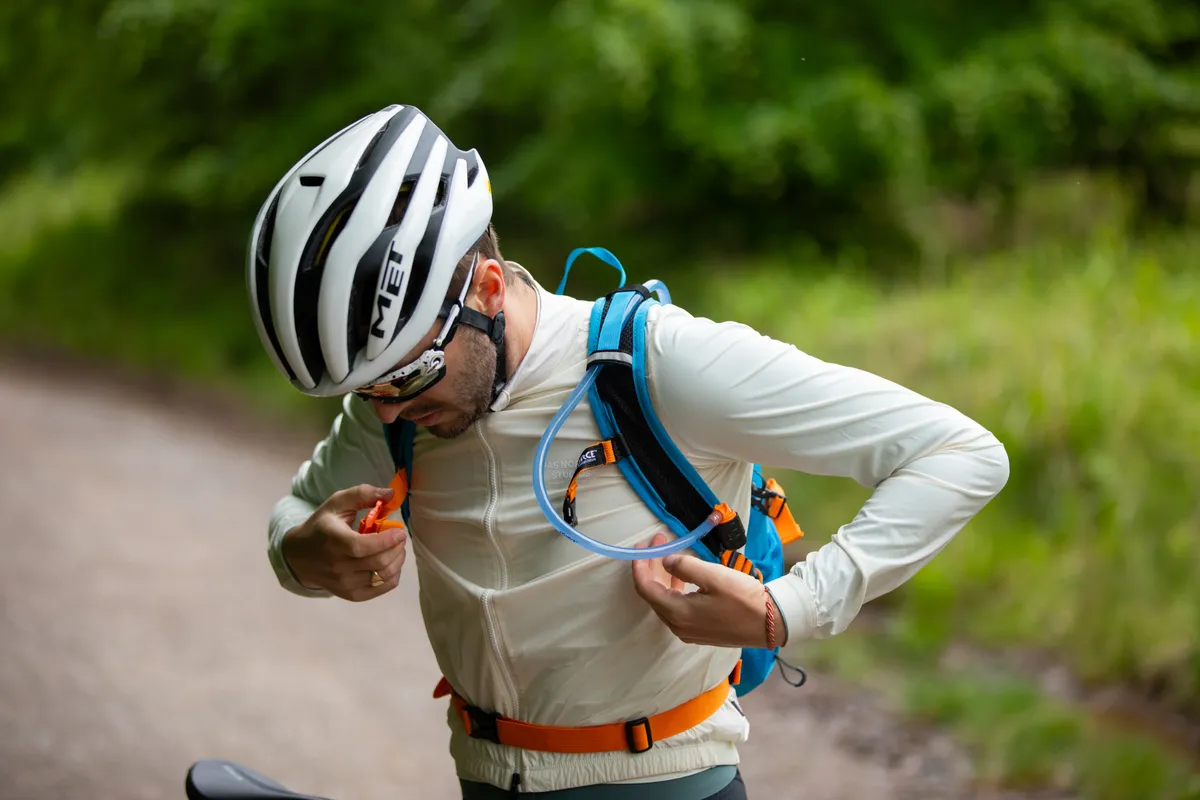
Racing is thirsty work, and gravel races are usually self-funded.
That’s why many of the best gravel racing bikes are equipped to carry more water than the typical two bottles seen on a road bike or mountain bike.
If you’re participating in a long event, especially in hot weather, you probably won’t regret maximizing the amount of water you take with you. The added weight of another bottle and cage will have minimal impact on performance – certainly less than if you run out of water between feeding stops.
On that note, if you want to ride competitively, minimizing the time spent at aid stops is also a great way to ride efficiently: you’ll save a lot of time if carrying extra water allows you to avoid even than a crowded refueling stop.
An extra bottle is a useful insurance policy against accidental ejection – a high possibility on rougher roads.
Some runners like to use hydration packs in addition to water bottles. It’s much easier to eat a hose of nourishing water in the middle of a group of pothole-dodging riders than it is to search for a mud-encrusted bottle.
2. A complete spare parts and repair kit
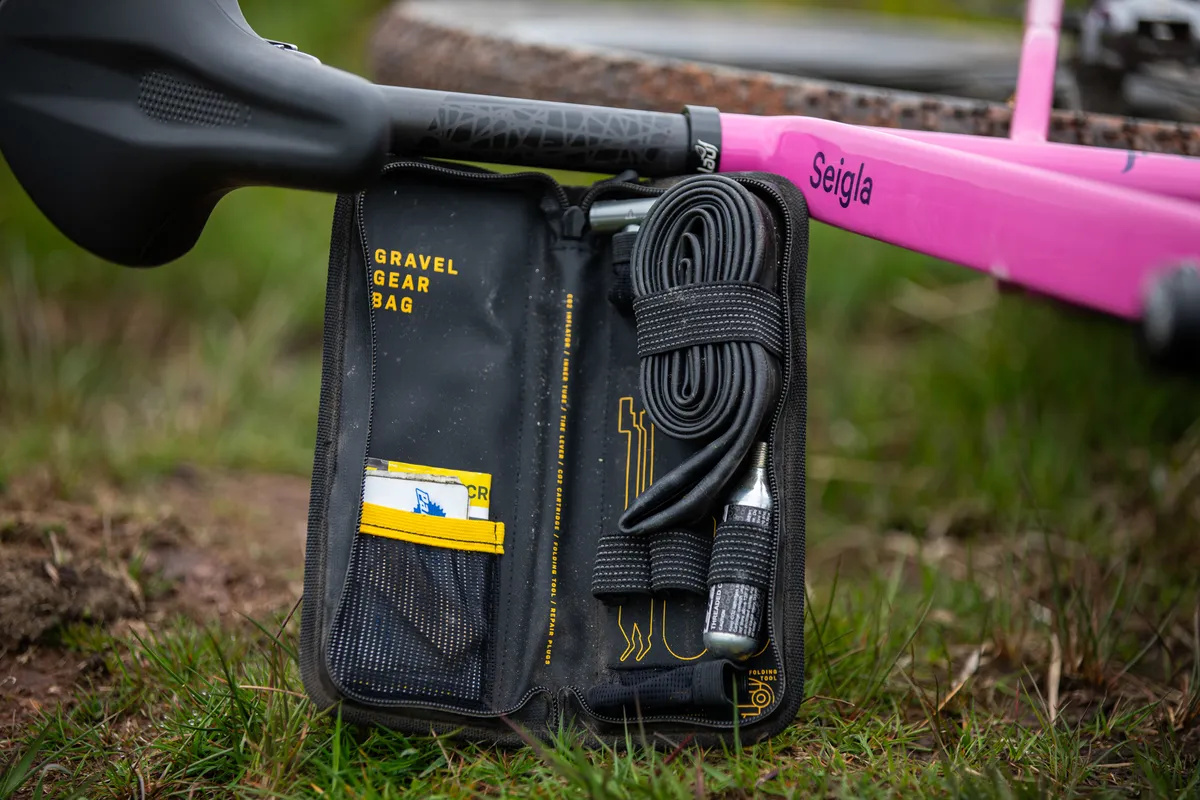
Gravel racing requires mechanical autonomy.
Although aid stations have some basic tools, few races offer full neutral mechanical assistance en route.
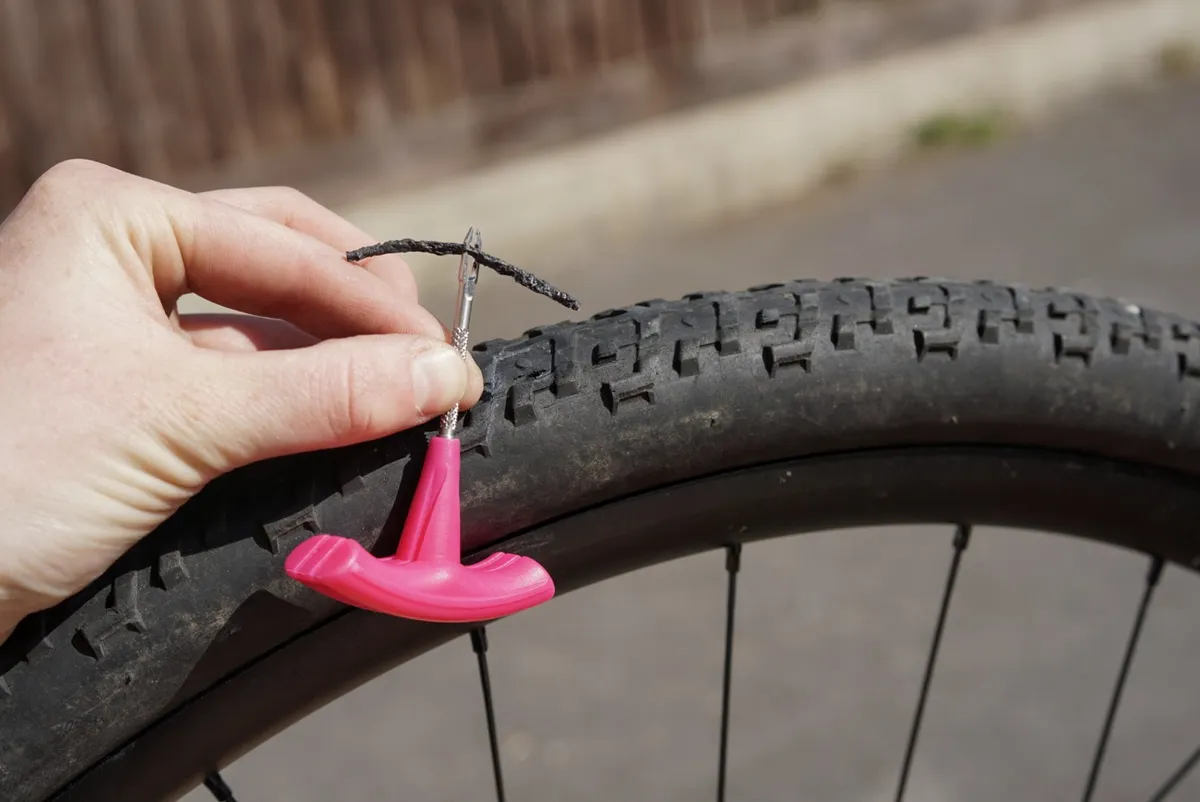
The number of tools and spares you bring will depend on the event – a multi-day, remote attack requires a more extensive setup.
As a starting point for a longer gravel event, in addition to your usual trailside repair kit, we recommend bringing:
- Replacement cleats and bolts – touring bikes can easily dislodge cleats
- A length of chain links and quick links
- A handful of spare bolts – bottle cages can easily come loose on rough roads
- A tubeless puncture repair kit, including a tire protector
3. Tasty snacks that suit you
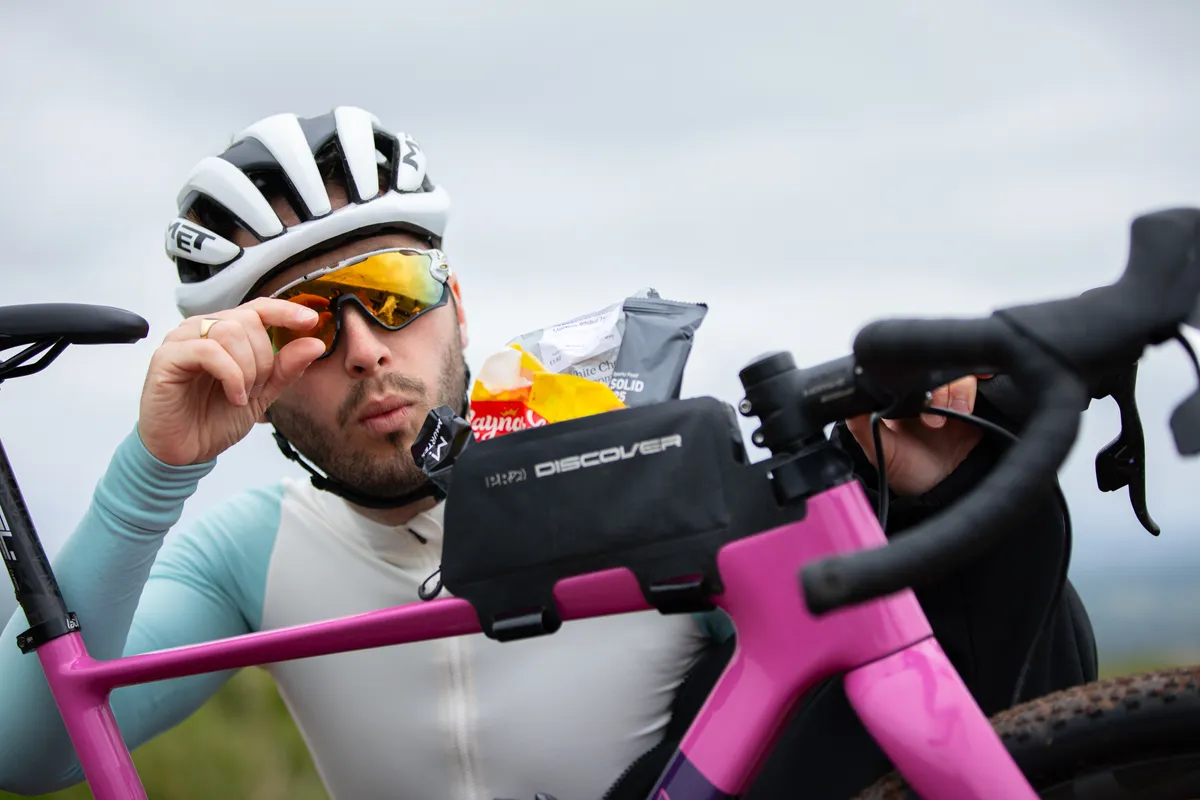
How you fuel a long drive is, to some extent, personal: One person’s mini blocks of nourishing cheddar are another person’s express train to Bonktown.
However, there are some basic nutrition rules that you should follow in order to avoid making mistakes.
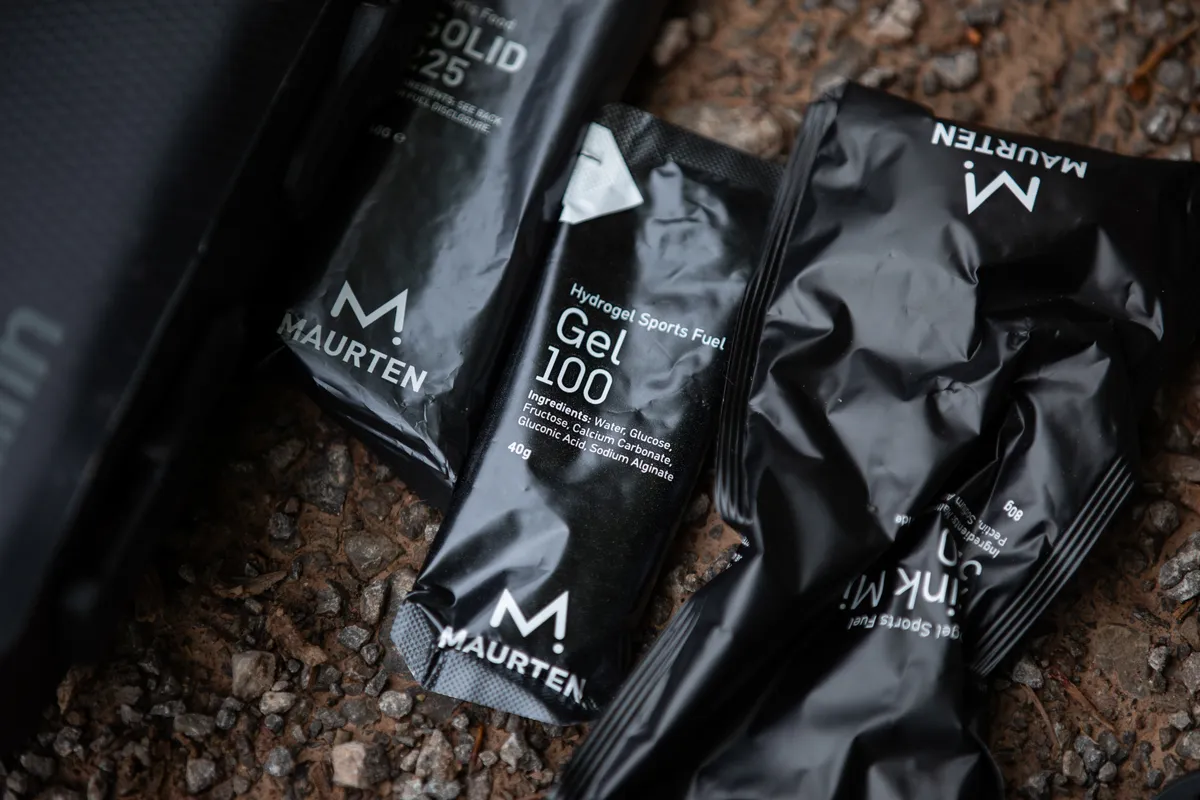
Whatever your favorite snack, try to consume around 30 to 60 g of carbohydrates per hour. Although it requires a bit of gastric training, up to 90g per hour can be beneficial on long journeys.
Drink regularly and never start a ride dehydrated. Consider using electrolytes if you sweat a lot or ride in hot weather.
Again, don’t rely on aid stations to have everything you need, especially if you have specific dietary needs: a plate of deviled eggs glistening in the sun is the last thing a vegan cyclist wants see over 240 kilometers in an epic on gravel.
4. Emergency kit and spare diapers (follow the rules!)
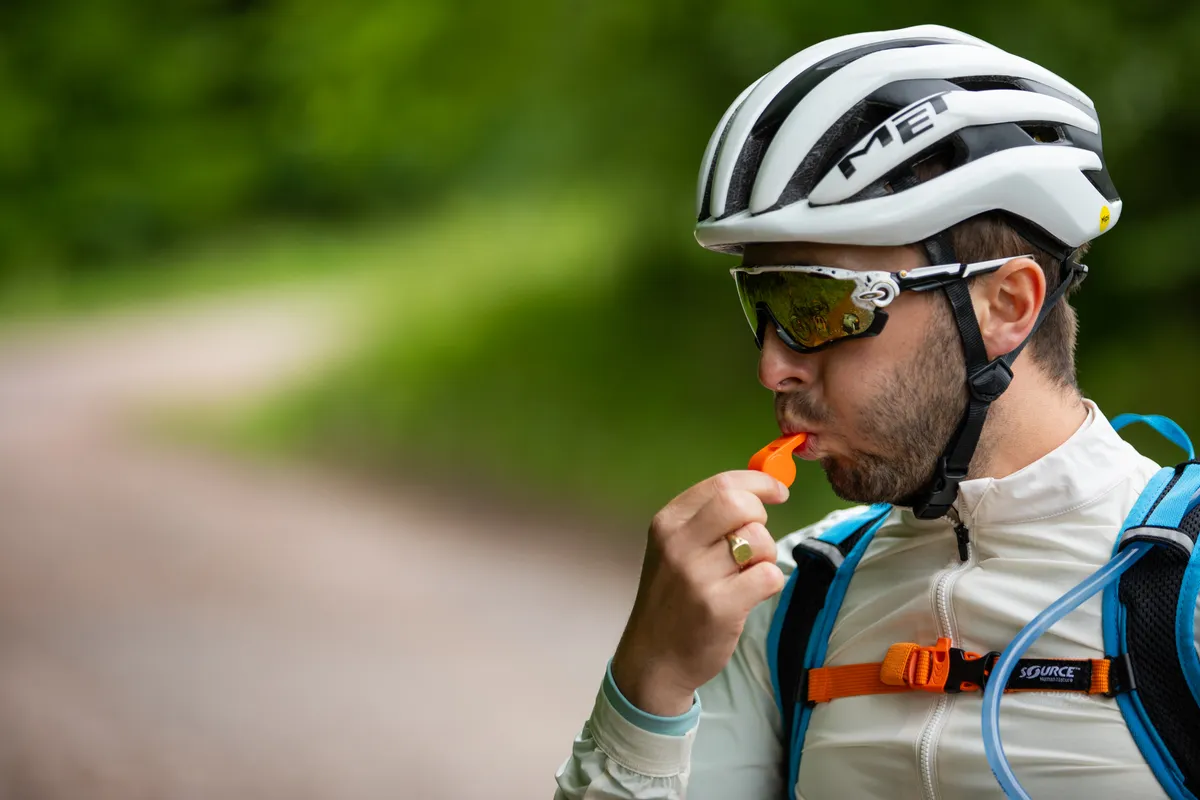
Most gravel races require participants to bring emergency gear, and for good reason.
A foil cover may seem excessive in the middle of summer, but it can make a huge difference if you encounter an injured and shell-shocked cyclist.
Likewise, with hyper-focused riders speeding past and not paying much attention to their surroundings, a whistle could attract vital attention while you’re lying in a wounded pile at the side of the road .

Even if the forecast is favorable, packing extra layers is a good idea: you’ll be grateful to have this waterproof jacket if you’re involved in an accident or stranded due to a mechanical problem.
The rules will differ from event to event, but will respect the requirement to bring any other essential equipment, such as lights, outlined in your race manual. Circumventing these rules is foolish and a surefire path to disqualification if you are subject to pre-race testing.
5. Top tube, frame or handlebar bags
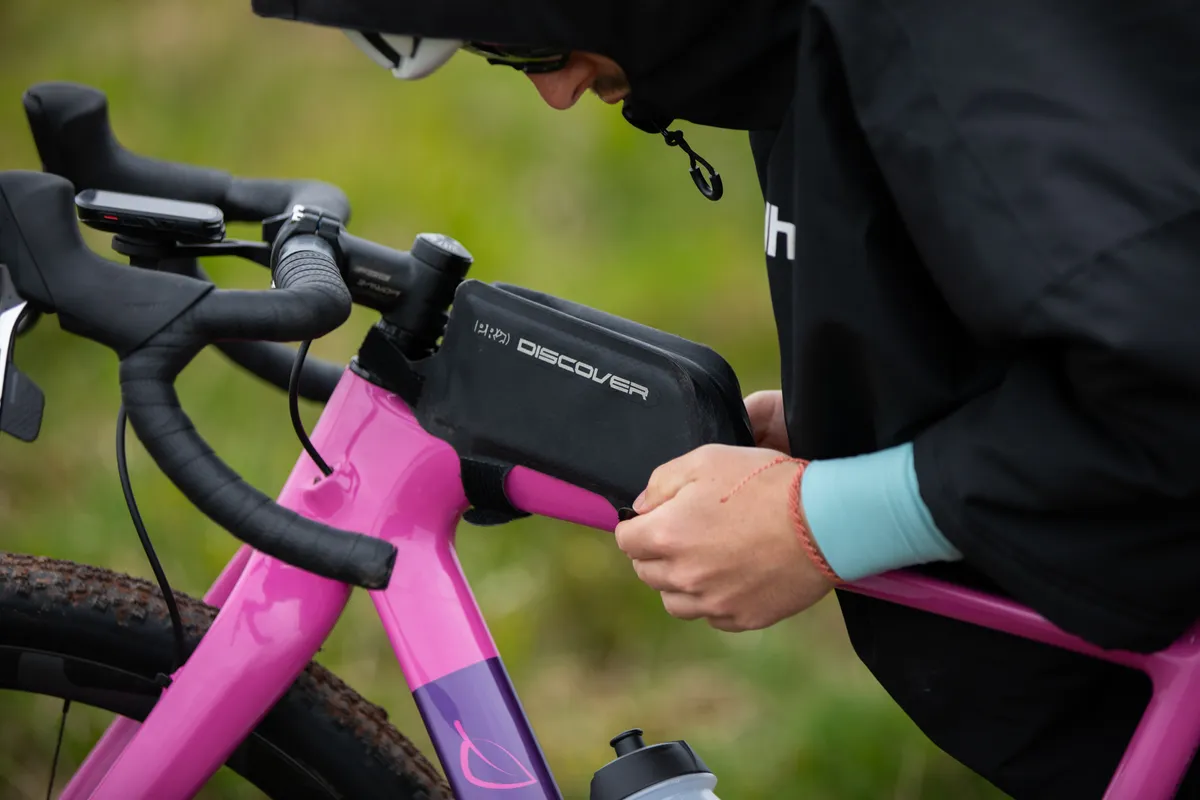
Now you will need a way to transport your carefully selected spare parts.
The jersey pockets will be enough for a shorter trip, but you’ll quickly run out of space if you’re also carrying a lot of food. It is best to avoid backpacks as they are hot and uncomfortable.
Most gravel riders complete their racing setup with a bag or two attached to their bike.
Top tube bags are the preferred solution for most gravel riders because they provide quick and easy access. Frame bags are another good option if you need more storage.
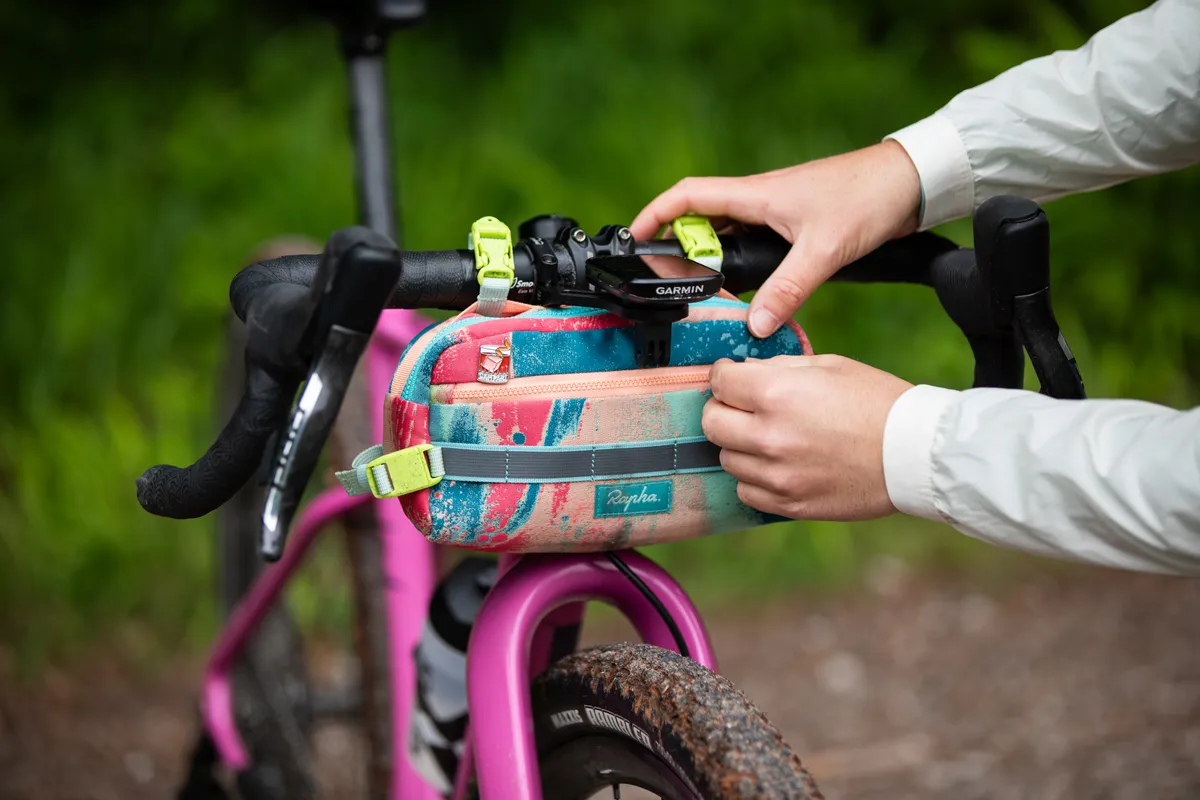
Bar bags work well but can interfere with license plates and are more difficult to access while trotting.
Finally, saddle bags are suitable if you don’t need frequent access.
6. A reliable cycling computer
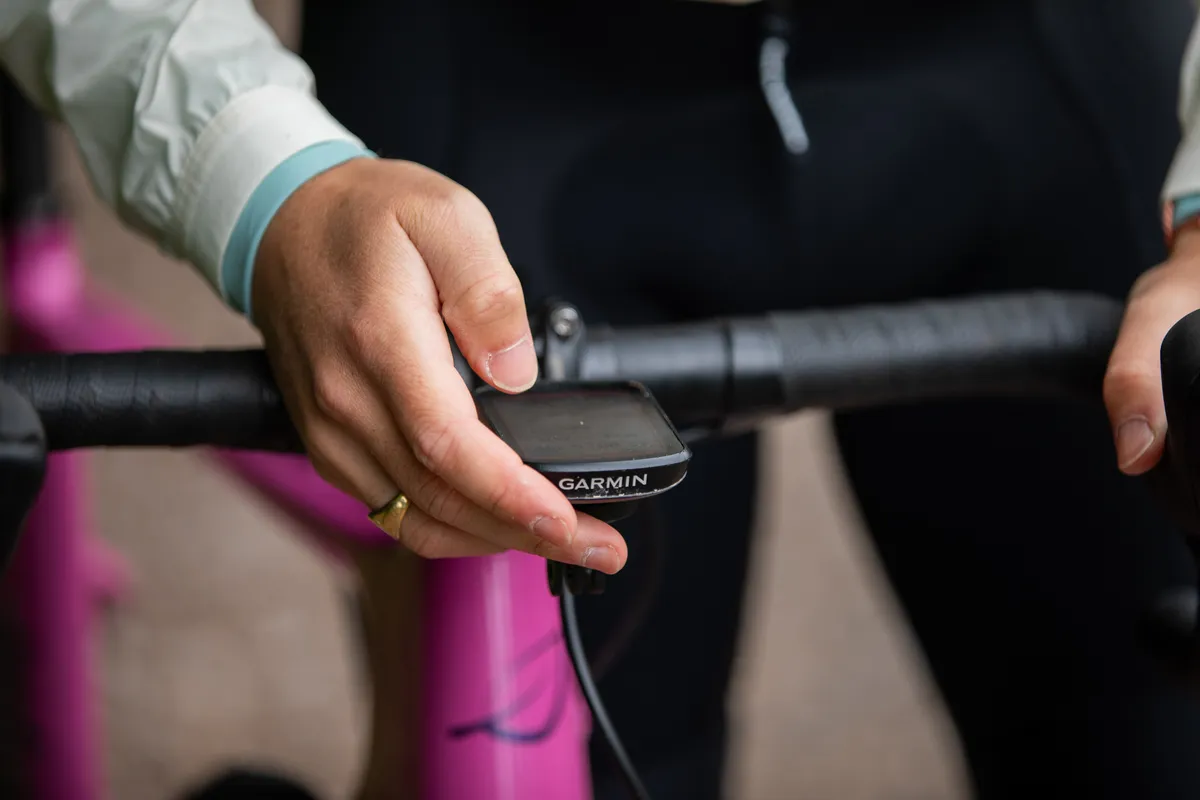
A GPS-equipped bike computer is by no means essential for gravel racing: professional racers have survived for the better part of 100 years without them, after all.
However, for riders who are not perfectly in tune with their body or lack the navigation skills of a homing pigeon, they are a worthwhile investment.
Some users will benefit from what others would consider data overload.
If you want, a modern bike computer will allow you to plan your pacing strategy for every climb up to the nth degree and even set reminders to eat or drink.
Others will only use simpler measurements, using GPS data to monitor their average pace and monitor the distance remaining.
Serious runners will use heart rate monitors and power meters to track their performance, but these require a significant financial investment and time to get the most out of data interpretation.
Whatever your approach, be sure to post your run to Strava – showing off your epic running stats is, after all, why we all suffer through the hardships of gravel racing.
Bonus: Test, test, test!

As with any event, preparation and testing are essential.
The most comprehensive repair kit on the planet won’t matter if your valves are too short for your rims. Likewise, a very expensive waterproof jacket won’t increase your chances of success if you haven’t followed a solid training plan before your event.